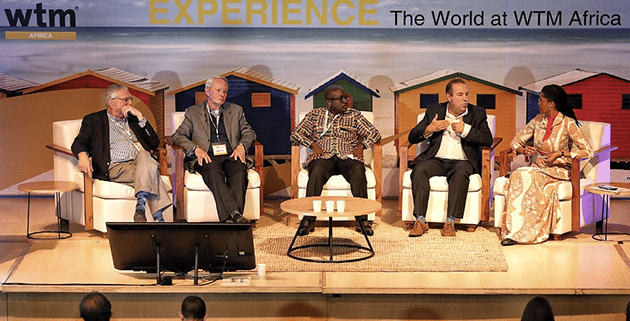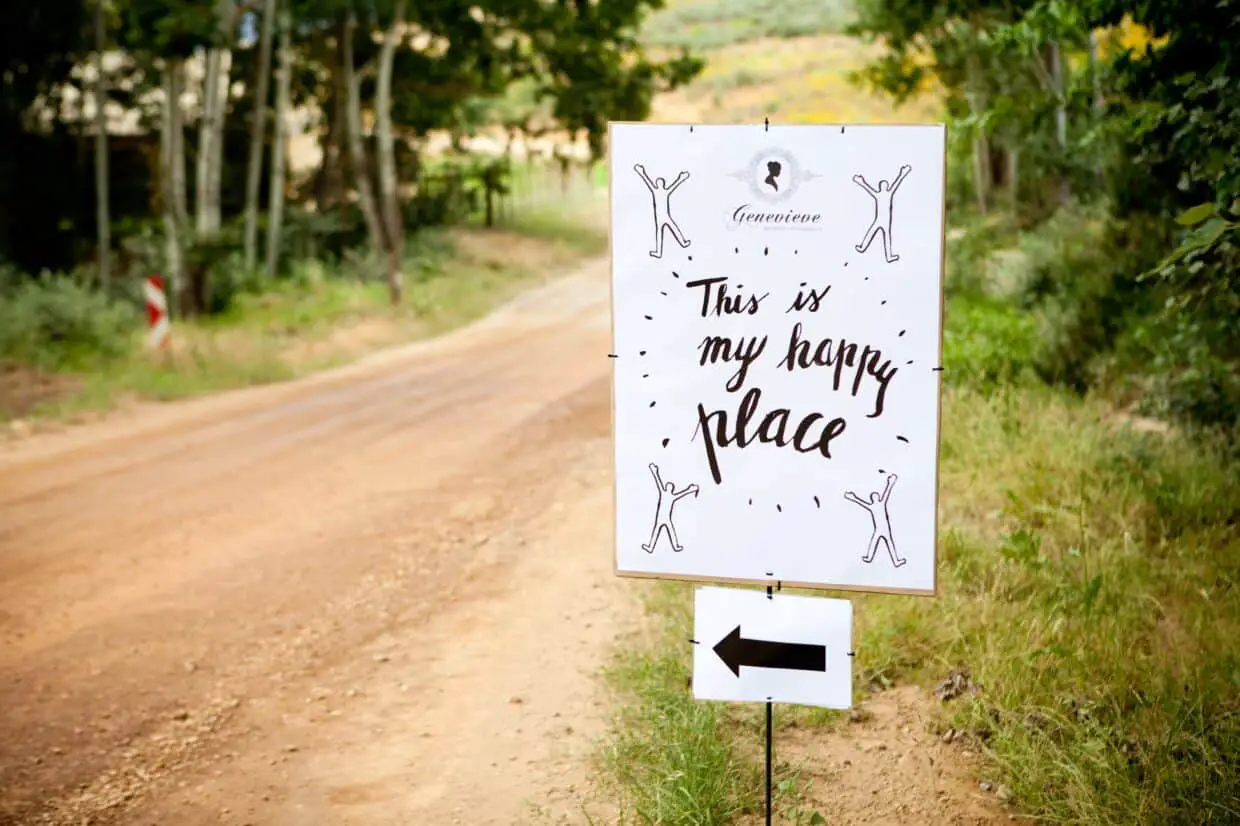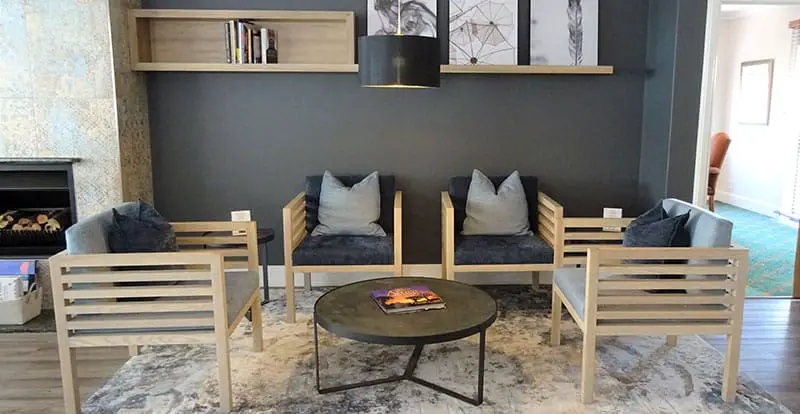Tourism Sector Eyes BRIC Billions
CAPE TOWN, South Africa, 20 September 2018 – Hospitality marketing is complex, there are key source markets for South Africa with a proven interest in the country as a destination, and there are also additional, growing markets, such as the BRIC nations, and also in major markets that remain largely untapped such as Muslim-friendly tourism. By Enver Duminy.
A recent PWC report into the South African tourism economy showcased just how valuable the contribution from BRIC (Brazil, Russia, India and China) countries is, and that we can look to expand on the opportunities this presents.
Tourist arrivals from the BRIC nations increased by 6.1% in 2017 – higher than the average of all tourist arrivals – to 275, 521 visitors. BRIC tourists accounted for 2.7% of all arrivals in South Africa in 2017, up from 2.6% in the preceding year. Although this figure seems relatively modest, BRIC visitors spend around R3 billion a year while in South Africa, and for every R1 million spent by international tourists in South Africa, the industry contributes around 8 jobs to the economy. The same R1 million in expenditure translates into R1.28 million in GDP.
The easing of visa requirements for several BRIC countries over the past several years has added to increased arrivals, and Minister of Tourism Derek Hanekom’s commitment to working with the Department of Home Affairs in continuing to ease the visa process is promising.
Sending out the word
It’s not a time when we can afford to sit back and hope for the best, there must be a proactive marketing drive that reaches trade shows, government delegations, tourism trade operators and consumers – across all fronts, we need to tap into those audiences that may become future visitors.
The big business of business travel
Currently, the primary reason BRIC visitors have for visiting SA is for business; around a third of tourist expenditure in South Africa is associated with business-related travel, with the remainder being leisure-related. Studies have shown that a positive experience in an attractive destination influences the likelihood that visitors will return for leisure purposes or recommend that destination for additional conferences by as much as 85%. The key is in encouraging leisure and combination business//leisure (bleisure) travel. Targeting those travelling for business can lead directly to the growth of leisure travel. It’s only natural that business travel is a leading factor in tourism from BRIC nations given those countries’ interest in SA as a developing nation, and their willingness to invest in development programmes is something that should be leveraged.
Transport (26.5%) and accommodation (15%) accounted for the largest proportion of international tourist expenditure in South Africa during 2016. Tourists visiting South Africa contribute to the economy through the activity generated by industries such as hotels, travel agents, airlines and other passenger transportation services. In addition to the direct tourism economy benefiting, closely-related sectors such as the restaurant and retail industries are buoyed up by the contribution of the tourism rand. Wider afield, with new hotel developments and other infrastructural enhancements to cope with an influx of visitors, the construction industry and other related businesses all the way across the supply chain see value-added.
Visitors from the BRIC nations supported an estimated 26,000 South African jobs in 2016, and that’s important to note since job sustainability is what will see us gaining momentum going forward. While other sectors such as mining and agriculture address the challenges before them, tourism has the capacity to support growth, and therefore employment, in a country where the spectre of unemployment threatens to destabilise our development plans.
What’s fascinating about BRIC visitors is that they don’t conform to preconceptions that they’re after budget travel. Research has shown that among visitors from these countries, luxury tourism experiences are sought after, including cruises, private tours and even in exploring our jewellery and high fashion retail outlets. Our wine tasting and the culinary scene is third on the list of most-enjoyed experiences, and SA has a world-class offering in that regard.
It’s also been shown that prior to visiting, visitors understand very little about what’s on offer. Their knowledge of SA may be limited to awareness of Nelson Mandela or our international sports teams, but beyond that, our reputation is limited to Cape Town being a pretty environment and that there are game parks with lions, elephants and rhinos. An integrated marketing campaign can drive more awareness about everything from our cultural tourism offering to our widely-varied natural environment. It’s possible for all tastes to be satisfied.
These developing nations have much in common with SA, in the sense that we’re all coming to terms with our global footprint and finding out more about what’s on offer. As we develop a more structured middle class, we’ll find that more of our people have the means to explore, and that’s an opportunity that shouldn’t be overlooked, but embraced – market to those consumers where they are right now, and give them an appetite for travel.
Enver Duminy is CEO of Cape Town Tourism





